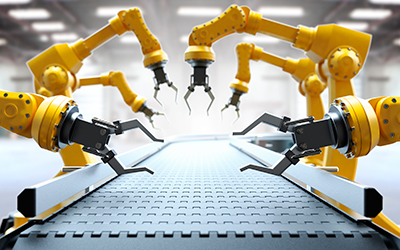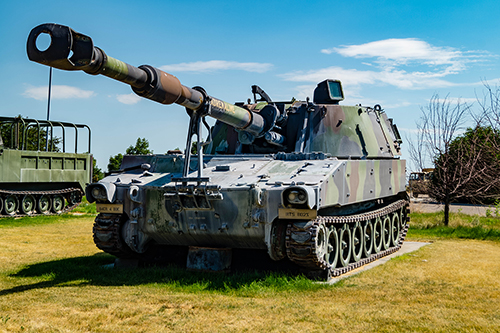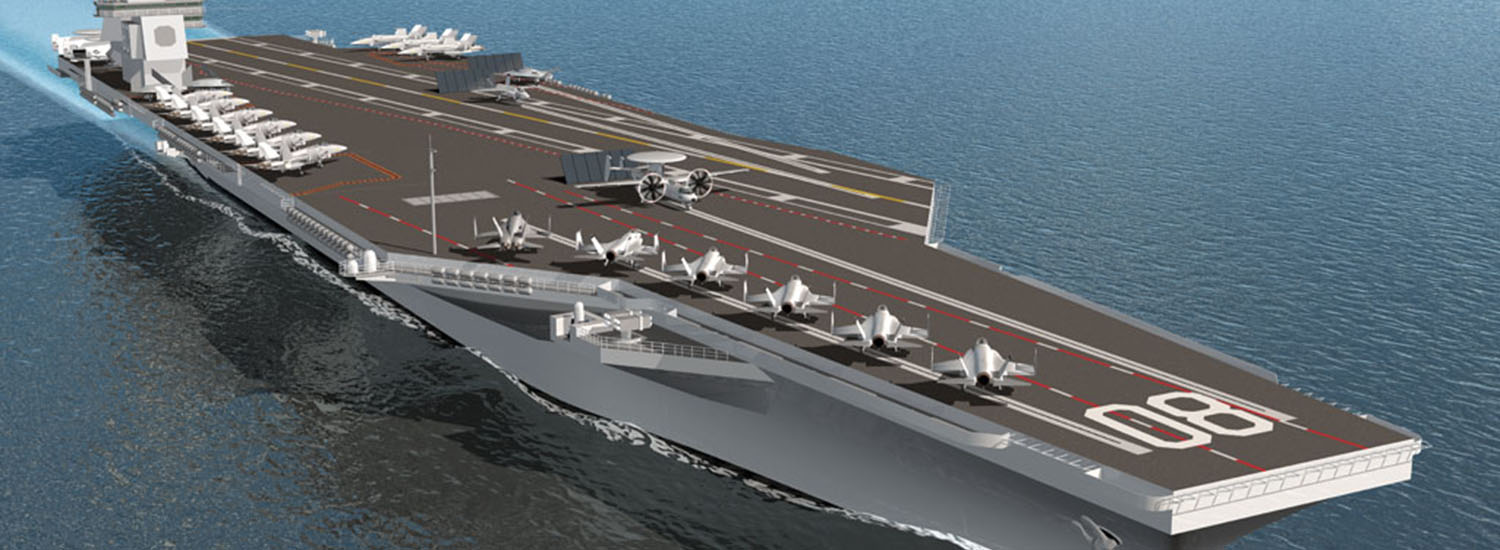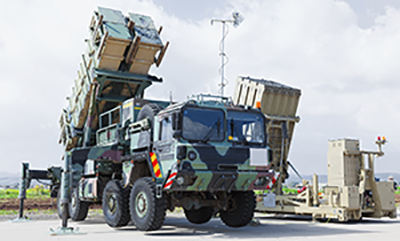Not all Actuators are Created Equal: the Roller Screw Technology Difference
Utilizing roller screw technology and integrated brushless servo motors, Exlar actuators offer clean, fast and accurate control over a wide range of force, speed, and positioning. With continuous force ratings in excess of 40,000 pounds (177,929 N) and linear speeds exceeding 60 inches per second (1.5 m/sec), our actuators are built to last and guarantee reliable results.
Our technologies meet the military’s growing need for rugged, reliable, electrically powered systems. Our compact actuators and motors are:
- Specified on weapons systems for vehicles in the Future Combat System
- Part of the design for the Navy’s Advanced Gun System
- Used for valve control on Navy ship systems
Advantages of Electromechanical Actuation in Defense Vehicles
Military vehicle designers are constantly searching for measurable and impactful changes in their systems designs. Designers need technology that can meet the new demands for efficiency, increased power and improved size and weight. To accomplish these goals, designers are incorporating actuation systems into the vehicles. Initially, many of these designs utilized hydraulic actuation but, lately, there is an increased use of electronic systems because of their greater efficiencies, leading to lower power consumption and maintenance costs. Moreover, the simplified designs also lend themselves to increased survivability.






